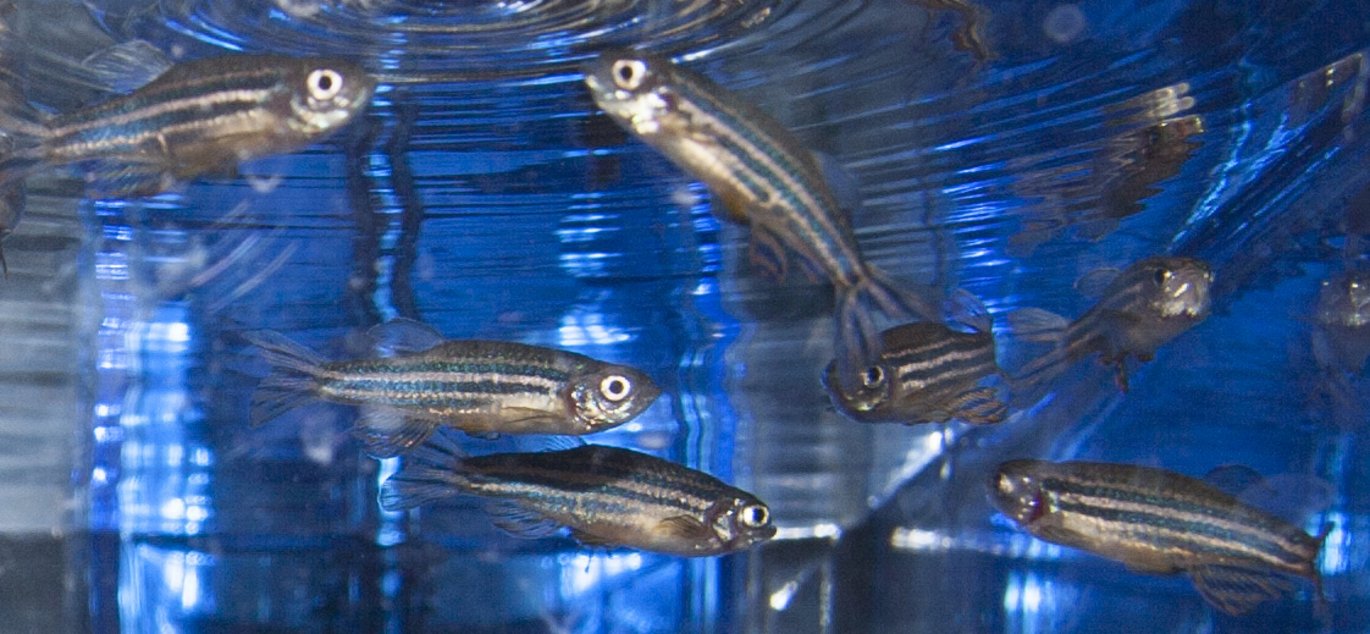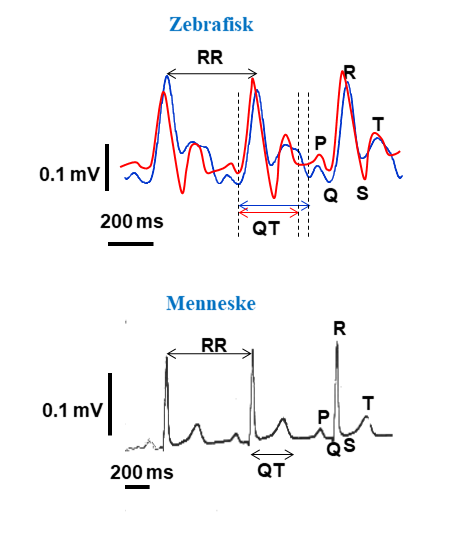Zebrafish used to identify disease mechanism for heart disease
In a large collaborative study between the Department of Clinical Medicine, the Department of Biomedicine, and the Department of Molecular Biology and Genetics, among others, the researchers have succeeded in identifying and characterising the consequences of a newly discovered mutation associated with cardiac arrhythmia.


Patients carrying the mutation suffer from short QT syndrome, which is a heart condition that causes risk of cardiac ventricular fibrillation and sudden cardiac death. So far, short QT-associated mutations – which together account for less than 25 percent of the known cases – have been identified exclusively in cation channels. It is therefore of particular interest that the identified mutation is found in an anion transporter, AE3, which exchanges chloride and bicarbonate across the cell membrane.
ECG recordings performed on two-day old zebrafish show that it is the mutation in AE3 which causes the short QT syndrome. Lack of AE3 activity causes increased pH in the cells of the beating zebrafish heart – an expected consequence of reduced bicarbonate transportation out of the cell. This project identified altered chloride and bicarbonate transport in the heart as a new molecular mechanism for cardiac arrhythmia.
The results open new possibilities for identifying pathogenic mutations in patients where the genetic cause of hereditary arrhythmias is unknown.
Read more about the study in the Danish newspaper Politiken on 26 November 2017. Title of article (in Danish only): "Zebrafisk røber hvorfor Sasja bærer på et sårbart hjerte" (Zebrafish reveal why Sasja has a vulnerable heart).
The scientific article artikel ‘Loss-of-activity-mutation in the cardiac chloride-bicarbonate exchanger AE3 causes short QT syndrome’ was published in Nature Communications.
Read also the article: The zebrafish is an important animal model.
For further information, please contact
Researcher Kasper Kjær-Sørensen
Department of Molecular Biology and Genetics, Aarhus University, Denmark
kks@mbg.au.dk - +45 51446497
Professor Claus Oxvig
Department of Molecular Biology and Genetics, Aarhus University, Denmark
co@mbg.au.dk - +45 30362460
